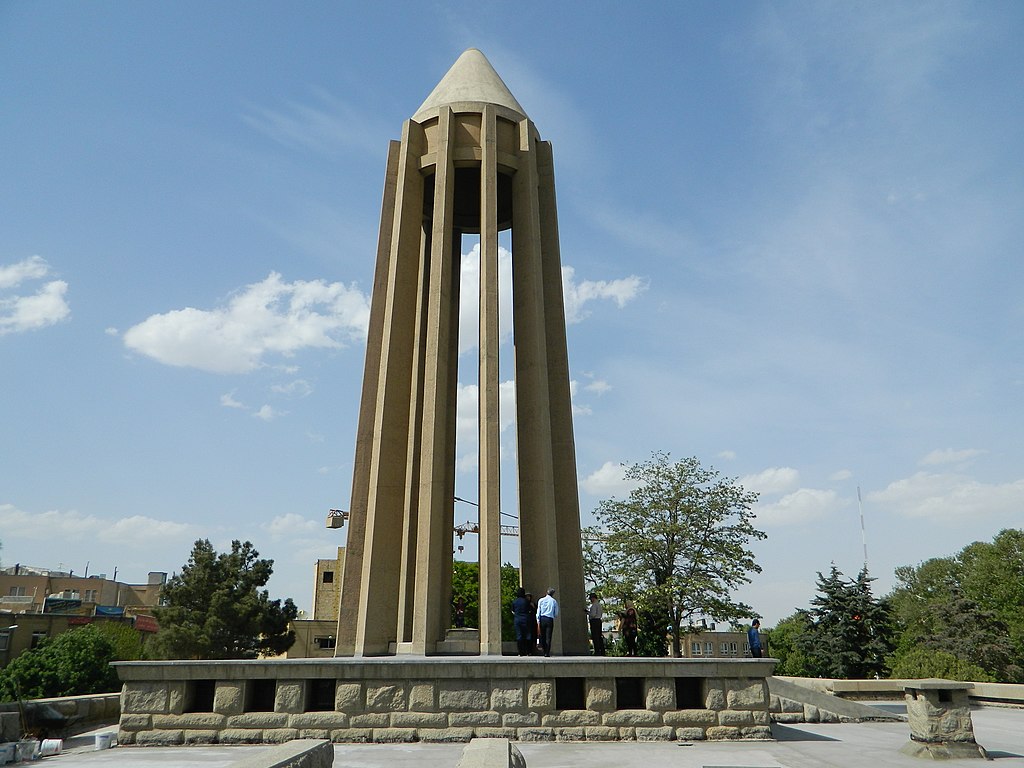.
Abu Ali al-Husayn ibn Abdullah ibn Sina—Avicenna to the West—was born in 980 CE near Bukhara, in the heart of the Persian world. He is widely regarded as the most important physician of the Islamic Golden Age, and one of the pivotal figures in the evolution of scientific medicine. With The Canon of Medicine (Al-Qanun fi al-Tibb), Avicenna laid the groundwork for a systematized, rational approach to healthcare that influenced medical practice for over six centuries.
This is not the story of a philosopher who merely speculated about health and disease. It is the story of a clinical thinker, an empiricist of his time, who transformed ancient traditions into a coherent, teachable science—a man of modern medicine from the old world.
The Canon of Medicine: Structure and Significance
Avicenna’s Canon is not just a collection of remedies—it is a five-volume system of logic, anatomy, pathology, pharmacology, and therapeutics. It consolidated Greek, Roman, Indian, and Islamic medical knowledge into one cohesive structure.
Volume 1: General medical principles—anatomy, physiology, causes of disease, health preservation.
Volume 2: Materia medica—around 760 individual drugs, classified by their qualities and effects.
Volume 3: Special pathology—diseases specific to individual organs, covering symptoms and treatments.
Volume 4: General diseases—fevers, systemic illnesses, surgery, and emergencies.
Volume 5: Compound drugs and pharmacological formulations.
The Canon was taught in European medical schools well into the 17th century, not because of tradition alone, but because of its clarity, structure, and diagnostic precision.
Scientific Contributions
- Empirical Clinical Methods
Avicenna promoted diagnosis through structured observation: pulse analysis, urine examination, case history. He emphasized pattern recognition and the relationship between symptoms, not isolated signs.
“When the pulse and urine deceive, it is the physician’s reason and experience that must prevail.”
He used case studies and critical evaluation of conflicting sources—an early form of peer review and clinical audit.
- Nosology and Classification
He was one of the first to organize diseases systematically:
Local vs. systemic illnesses
Acute vs. chronic conditions
Organic vs. functional disorders
This typology helped physicians link symptoms to specific organs or systems—crucial in pre-modern diagnosis.
- Mental and Neurological Health
Avicenna challenged mystical explanations of mental illness. He described melancholia (depression), epilepsy, and even conditions resembling schizophrenia. He proposed both physiological and psychological causes.
“The soul suffers with the body, and the body with the soul.”
He practiced what we would now call psychosomatic medicine—centuries before the term existed.
- Infectious Diseases and Quarantine
He proposed that diseases could spread through water, air, and contact—suggesting a rudimentary form of contagion theory. He advocated isolation and hygiene long before microbial theory was developed.

- Pharmacology and Rational Prescribing
Avicenna did not rely on ritual or blind empiricism in pharmacology. He tested drugs on animals, emphasized dosage precision, and considered interactions and side effects. His drug classifications are among the earliest systematic pharmacopeias.
Philosophy and Medical Ethics
Avicenna saw medicine not as a trade, but as a branch of philosophy. He argued that health is a balance of elements, and treatment should be guided by reason and compassion.
He also stressed the physician’s ethical duty:
To do no harm.
To treat the poor without expectation of payment.
To continue learning throughout one’s life.
His model of the physician was intellectual, ethical, and spiritual—centuries before medical professionalism was formally defined.
Legacy and Modern Resonance
Avicenna’s work influenced not only Islamic physicians but also key figures in the European Renaissance: Andreas Vesalius, Paracelsus, and even William Osler acknowledged his impact.
Today, as medicine grapples with technology, specialization, and system overload, Avicenna’s integrated approach offers a valuable counterpoint—where observation, reason, ethics, and holistic care are not ideals, but practical tools
Conclusion
Avicenna’s life and work remind us that modern medicine did not emerge from a vacuum. It was shaped by thinkers who, like him, looked beyond superstition, observed the world carefully, and asked how knowledge could heal. He was, in every sense, a man of his time—and our.
